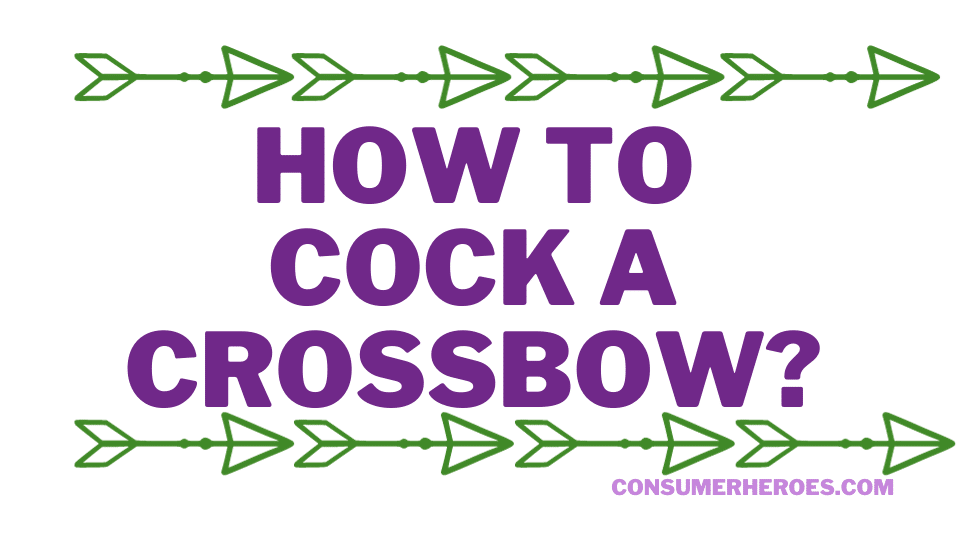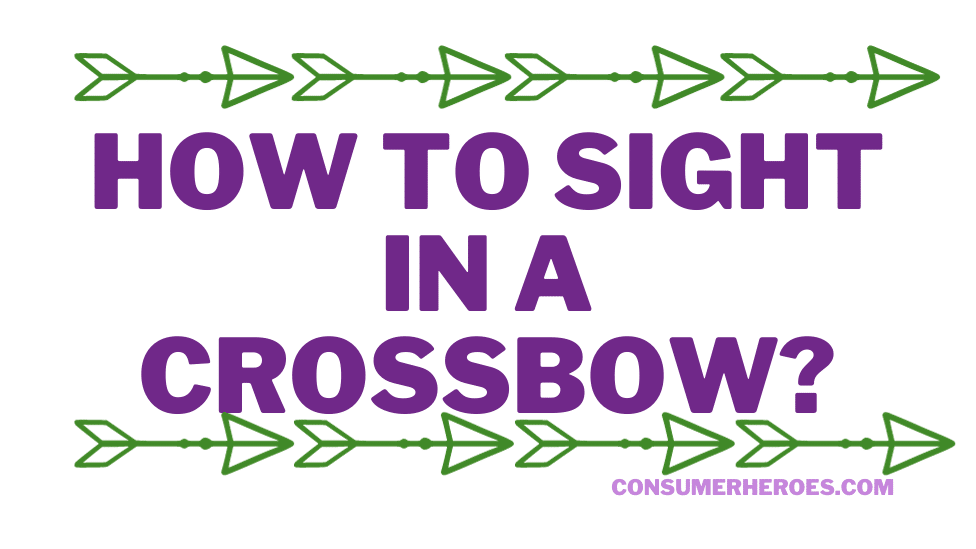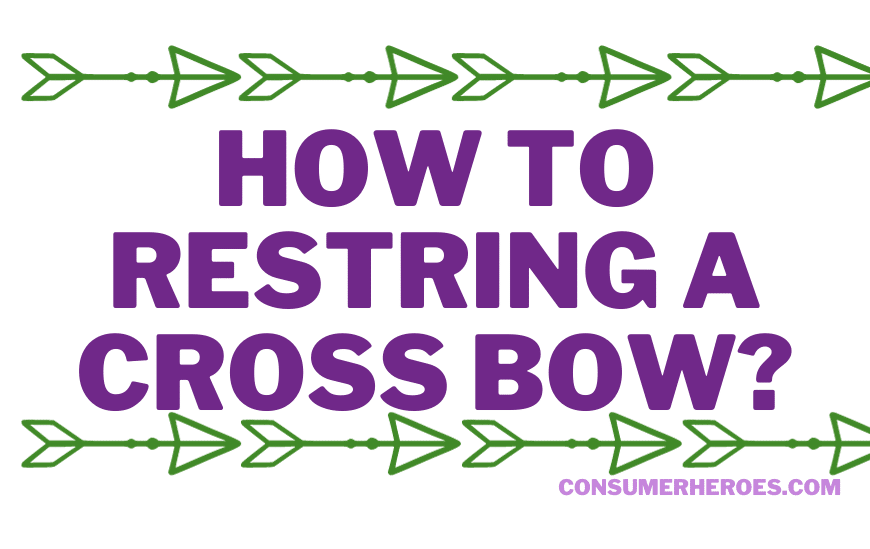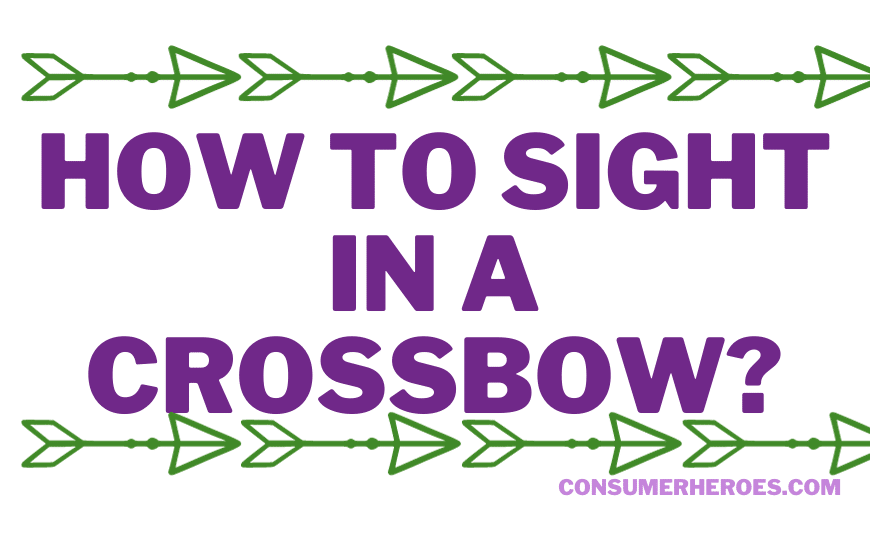Cocking a crossbow is an essential step in preparing to shoot. It involves pulling back the string and locking it into place, which creates tension on the limbs and stores energy for the arrow to be released. While it may seem intimidating at first, properly cocking a crossbow is a simple process that can be mastered with practice.
The first step in cocking a crossbow is to ensure that it is securely mounted on a stable surface, such as a shooting bench or table. Next, the shooter should place their foot in the stirrup located on the front of the crossbow and use their dominant hand to grip the string. With their other hand, they should hold onto the stock of the crossbow for stability. Then, using their leg and arm strength, they should pull the string back until it clicks into place on the latch or trigger mechanism. Finally, the shooter should double-check that the string is securely in place and that the safety is engaged before taking aim and firing.
It is important to note that there are several types of cocking devices available for crossbows, such as rope cockers and crank cockers, that can make the process easier and more efficient. These devices can reduce the amount of physical exertion required to cock the crossbow and can also help ensure that the string is pulled back evenly on both sides. However, it is still important to practice proper safety precautions and to follow the manufacturer’s instructions when using these devices.
Understanding Crossbows
Parts of a Crossbow
Crossbows are composed of several parts that work together to launch an arrow. Understanding the different parts of a crossbow is crucial to properly cocking and firing it. Here are the main parts of a crossbow:
- Stock: The stock is the main body of the crossbow, which holds all the other parts together.
- Limbs: The limbs are the two long arms that extend from the stock and hold the bowstring.
- Bowstring: The bowstring is the string that attaches to the limbs and propels the arrow forward.
- Trigger: The trigger is the mechanism that releases the bowstring when pulled.
- Scope: The scope is an optional accessory that helps the shooter aim more accurately.
- Quiver: The quiver is a container that holds extra arrows.
Types of Crossbows
There are several types of crossbows, each with its own unique features and benefits. Here are the most common types of crossbows:
- Recurve Crossbow: A recurve crossbow has limbs that curve away from the shooter, which gives it more power and speed.
- Compound Crossbow: A compound crossbow uses a system of pulleys and cables to reduce the amount of force required to cock the bowstring, making it easier to use.
- Reverse Draw Crossbow: A reverse draw crossbow has its limbs facing towards the shooter, which reduces the length of the crossbow and makes it more compact.
- Pistol Crossbow: A pistol crossbow is a small, handheld crossbow that is easy to use and carry.
Understanding the different types of crossbows can help you choose the one that best fits your needs and preferences.
Safety Precautions
Handling Crossbows
Before handling a crossbow, it is important to ensure that it is unloaded and that the safety is engaged. Always point the crossbow in a safe direction, away from people and animals. When carrying a crossbow, keep it pointed downwards and avoid swinging it around.
When loading a crossbow, make sure to use the correct bolts or arrows recommended by the manufacturer. Do not use damaged or worn bolts, and always inspect them before use. To load the crossbow, place the bolt onto the rail and slide it back until it clicks into place.
When not in use, store the crossbow in a safe and secure place, out of reach of children and unauthorized persons. Always lock the safety and remove the bolt before storing the crossbow.
Firing Safety
Before firing a crossbow, always ensure that the area is clear of people and animals. Do not fire at hard surfaces or water, as the bolt may ricochet and cause injury. Always use a suitable backstop that can stop the bolt safely.
To fire the crossbow, aim at the target and slowly squeeze the trigger. Do not jerk or slap the trigger, as this can cause the bolt to miss the target or veer off course. After firing, keep the crossbow pointed in a safe direction until you have confirmed that the bolt has hit the target or stopped safely.
Never dry fire a crossbow, as this can damage the bowstring and other components. Always inspect the crossbow before and after use, checking for any signs of damage or wear. If any problems are detected, do not use the crossbow until it has been repaired or replaced by a qualified technician.
In summary, handling a crossbow safely requires following basic precautions such as ensuring that it is unloaded, using the correct bolts, and storing it securely. Firing a crossbow safely requires using a suitable backstop, aiming carefully, and squeezing the trigger slowly. By following these guidelines, crossbow users can enjoy the sport while minimizing the risk of injury or damage.
Preparation Steps
Inspecting the Crossbow
Before cocking a crossbow, it is important to inspect it thoroughly to ensure that it is in good working condition and safe to use. The following steps should be taken:
- Check the string and cables for signs of wear or damage. Replace any damaged parts before using the crossbow.
- Inspect the limbs and riser for cracks or other damage. Do not use a crossbow with damaged limbs or riser.
- Check the trigger mechanism to make sure it is functioning properly. Test the safety and ensure that it engages and disengages smoothly.
- Verify that all screws and bolts are tight and secure.
Positioning the Crossbow
Once the crossbow has been inspected and deemed safe to use, the next step is to position it properly for cocking. Follow these steps:
- Place the crossbow on a flat, stable surface.
- Attach the foot stirrup to the front of the crossbow.
- Stand at the back of the crossbow and place your foot in the stirrup, making sure that your foot is securely in place.
- Grasp the crossbow with both hands, one hand on each side of the stock.
- Use your body weight to pull the string back until it clicks into place.
By following these preparation steps, the crossbow will be ready to use safely and effectively.
Cocking the Crossbow
Cocking a crossbow is an essential step in preparing it for use. It involves pulling the string back into a locked position, which stores energy in the limbs. This stored energy is then released when the trigger is pulled, propelling the arrow forward. There are two main methods for cocking a crossbow: manual cocking and using a cocking device.
Manual Cocking
Manual cocking involves using your hands to pull the string back into position. This method requires a significant amount of strength and can be challenging for some people, especially those with physical limitations. However, it is a useful skill to have in case a cocking device is not available.
To manually cock a crossbow, follow these steps:
- Place the foot stirrup on the ground and secure the crossbow in an upright position.
- Grasp the string firmly with both hands, ensuring that your fingers are positioned correctly.
- Pull the string back towards you with as much force as possible until it locks into place.
- Double-check that the string is fully engaged and locked in place before firing.
Using a Cocking Device
Using a cocking device is a popular method for cocking a crossbow. It involves using a specialized tool that helps to pull the string back into position, reducing the amount of physical effort required. There are several types of cocking devices available, including rope cockers, crank cockers, and integrated cocking systems.
To use a cocking device, follow these steps:
- Attach the cocking device to the crossbow according to the manufacturer’s instructions.
- Place the foot stirrup on the ground and secure the crossbow in an upright position.
- Use the cocking device to pull the string back into position until it locks into place.
- Double-check that the string is fully engaged and locked in place before firing.
In summary, cocking a crossbow is a crucial step in preparing it for use. Manual cocking and using a cocking device are the two main methods for cocking a crossbow. Manual cocking requires significant physical strength, while using a cocking device reduces the amount of effort required.
Post-Cocking Checks
After cocking a crossbow, it is essential to perform some post-cocking checks to ensure that the crossbow is safe to use and ready to fire. This section will cover two critical sub-sections: string alignment and locking the bolt.
String Alignment
The first post-cocking check is to ensure that the string is correctly aligned. The string should be centered on the rail and should not be twisted or skewed. A misaligned string can cause accuracy issues, and in severe cases, it can cause the crossbow to malfunction.
To check the string alignment, the user should look down the length of the rail from the front of the crossbow. If the string appears to be off-center or twisted, the user should uncock the crossbow and re-cock it, ensuring that the string is correctly aligned.
Locking the Bolt
The second post-cocking check is to ensure that the bolt is locked in place. The bolt should be securely seated against the string and locked in place by the trigger mechanism. A loose or improperly locked bolt can cause the crossbow to misfire or malfunction, which can be dangerous.
To check the bolt’s locking mechanism, the user should pull back on the bolt slightly to ensure that it is securely seated against the string. They should then engage the safety and pull the trigger to ensure that the bolt remains locked in place.
Performing these two post-cocking checks will help ensure that the crossbow is safe to use and ready to fire. Users should always take the time to perform these checks before firing the crossbow to avoid any potential accidents or malfunctions.
Conclusion
In conclusion, cocking a crossbow is an essential step before firing it. It ensures that the bowstring is properly positioned, and the limbs are under the correct amount of tension. There are several methods available for cocking a crossbow, including the use of a rope cocking device, crank cocking device, or manual cocking.
Using a rope cocking device is the most common and easiest method of cocking a crossbow. It reduces the draw weight by half, making it easier for the user to pull the string back. A crank cocking device is also a good option for those who have difficulty pulling the string back manually. It provides a consistent and smooth draw every time.
Manual cocking is the least preferred method as it requires a lot of strength and can cause fatigue. However, it is still an option for those who do not have access to a rope or crank cocking device.
It is important to note that safety should always be the top priority when handling a crossbow. Always read the manufacturer’s instructions before attempting to cock and fire a crossbow. Ensure that the crossbow is pointed in a safe direction and that the safety is engaged before cocking.
By following the steps outlined in this article, anyone can learn how to cock a crossbow safely and effectively. With practice, it will become second nature, and users will be able to enjoy the accuracy and power of their crossbow.







